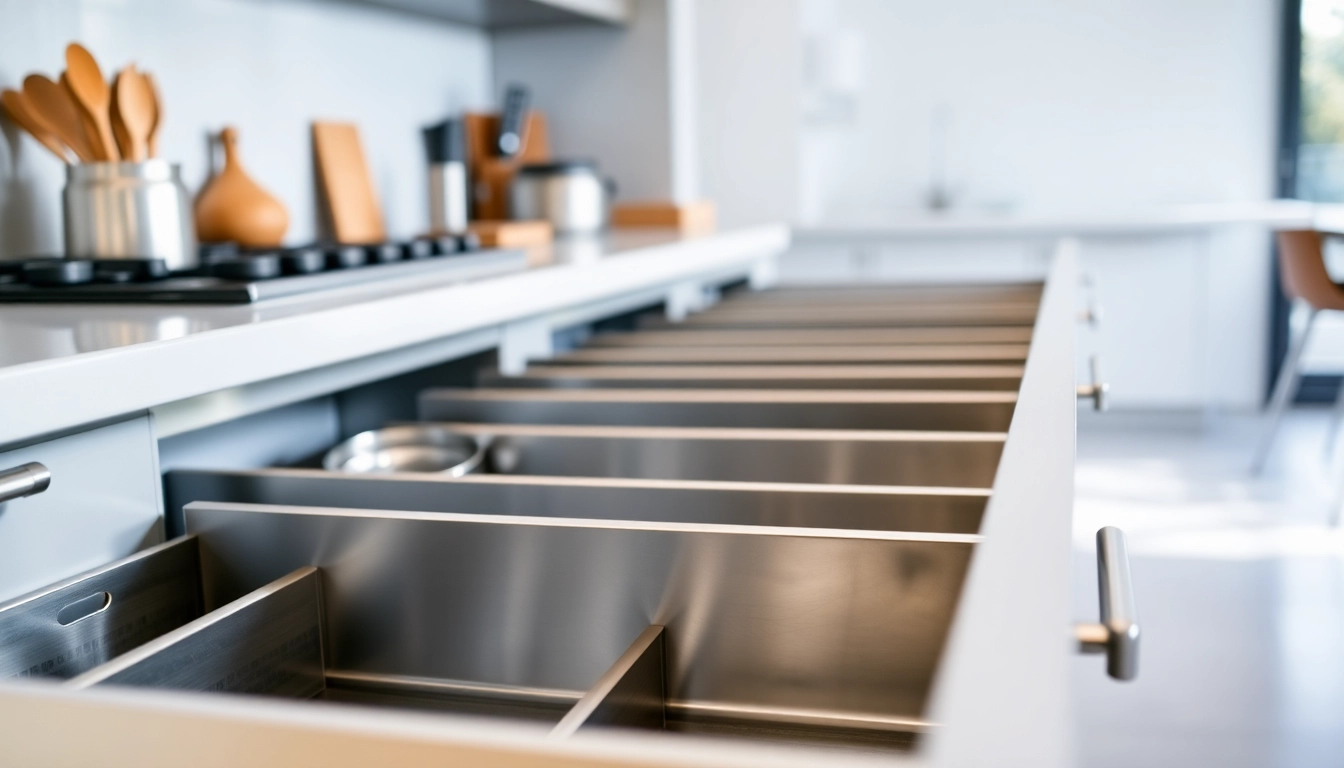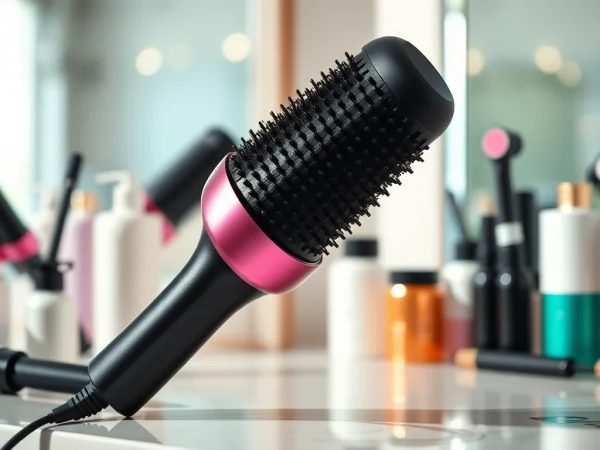Enhance Your Space with Durable Metal Drawer Systems for Optimal Functionality
Understanding the Metal Drawer System
In the ever-evolving world of furniture design and space optimization, Metal Drawer Systems have emerged as a cornerstone for both functionality and aesthetics. These systems not only provide endurance and reliability but also serve an array of design styles and user needs, making them indispensable in modern cabinetry and furnishings. This article will delve into the intricacies of metal drawer systems, highlighting their advantages, application scenarios, and essential features that make them a preferred choice for designers and end-users alike.
What is a Metal Drawer System?
A metal drawer system is composed of metal components designed to support and facilitate the sliding and storage of drawer contents efficiently. Typically constructed using high-quality steel, these systems come with various configurations, including side-mount and undermount options, often equipped with ball-bearing slides for enhanced smoothness and durability. The system encompasses drawer boxes, slides, and hardware that allow seamless integration into cabinetry, ensuring that the drawer operates efficiently over its lifespan.
Benefits of Using Metal Drawer Systems
Metal drawer systems stand out for numerous reasons that make them an appealing choice over other materials such as wood or plastic. Here are some key benefits:
- Durability: Metal constructions are inherently stronger than their wooden counterparts, making them resistant to warping, cracking, and pest infestations.
- Weight Capacity: These systems can handle substantial weight loads, making them suitable for heavy items, enhancing their versatility.
- Security: Metal drawers often come with locking mechanisms, offering additional safety for valuable items.
- Low Maintenance: Metal surfaces are easier to clean and less prone to damage from spills or stains, allowing for a longer-lasting aesthetic.
- Design Versatility: Available in various finishes and styles, metal drawer systems can blend seamlessly into both modern and traditional designs.
Common Applications of Metal Drawer Systems
Metal drawer systems find use in diverse settings, thanks in part to their robustness and reliable performance. Common applications include:
- Residential Furniture: Used in kitchen cabinets, dressers, and home office furniture.
- Commercial Settings: Ideal for office furniture, retail fixtures, and industrial workstations, delivering functional storage solutions.
- Healthcare: Utilized in medical cabinets for storing sterilized tools and supplies, ensuring easy access while maintaining cleanliness.
- Educational Institutions: Frequently incorporated in laboratory settings and classrooms for mobile storage units.
Choosing the Right Metal Drawer System
When selecting a metal drawer system, several factors come into play that can influence your choice. Understanding these elements is crucial for achieving optimal results.
Factors to Consider When Selecting a Metal Drawer System
Knowing the specific needs of your project is essential. Consider the following factors:
- Load Requirements: Assess what you intend to store in the drawers—heavier items require more robust systems.
- Size and Dimensions: Ensure that the drawer dimensions match your cabinets and intended use cases.
- Installation Method: Certain systems may be easier to install than others, depending on existing cabinetry.
- Style Preferences: Choose a finish and design that complements your overall décor.
- Budget Considerations: Compare prices without compromising on quality, ensuring a balance between cost and durability.
Comparing Metal Drawer Systems vs. Wood Drawer Systems
The choice between metal and wood drawer systems often comes down to specific requirements and preferences. While wooden systems offer aesthetic warmth, metal drawers provide clear advantages in durability, maintenance, and load capacity. Additionally, metal drawer systems are less susceptible to environmental factors such as humidity, which can cause wood to warp or swell.
Top Features to Look For in Metal Drawer Systems
Several features can significantly enhance the functionality of metal drawer systems:
- Soft-Close Mechanisms: Allows drawers to close smoothly and quietly, preventing damage and enhancing user experience.
- Ball-Bearing Slides: Ensures effortless operation, even under heavy loads, reducing wear and tear over time.
- Adjustable Heights: Enable customizable installation to meet different cabinet heights for versatile applications.
- Finish Options: Look for a variety of finishes like powder coating or chrome plating that protects against scratching and corrosion.
- Easy Installation Guides: Comprehensive instructions can save time and ensure reliability during setup.
Installation of Metal Drawer Systems
Successful installation is crucial for the optimal performance of metal drawer systems. Follow a structured approach to achieve the best outcomes.
Step-by-Step Guide to Installing Metal Drawer Systems
Here is a simplified guide to assist in the installation of metal drawer systems:
- Gather Tools: Ensure you have all necessary tools like screws, a screwdriver, a level, and a measuring tape.
- Measure and Mark: Take precise measurements of your cabinet space and mark where the drawer slides will be installed.
- Attach Drawer Slides: Secure the slides onto both the drawer and the cabinet side ensuring they are level.
- Install the Drawer Box: Carefully slide the drawer box onto the installed slides, checking for alignment.
- Test Functionality: Open and close the drawer multiple times, ensuring smooth operation. Make adjustments as necessary.
Common Installation Mistakes to Avoid
To ensure a hassle-free installation experience, be wary of these common mistakes:
- Poor Measurements: Double-check measurements to avoid mismatches.
- Neglecting to Check Level: Always ensure that slides are level to prevent uneven drawer operation.
- Using Incorrect Hardware: Use the right size screws and components as specified by the manufacturer for optimal stability.
Tools Needed for Installation
A successful installation will require the following tools:
- Screwdriver
- Power Drill (if needed)
- Measuring Tape
- Level
- Pencil for marking
- Safety Goggles (for safety purposes)
Maintenance and Care for Metal Drawer Systems
Like any other component in your home or workspace, regular maintenance is key to ensuring longevity and functionality in metal drawer systems.
Best Practices for Maintaining Metal Drawer Systems
Consider adopting these best practices for maintenance:
- Regular Cleaning: Wipe down drawer surfaces with a damp cloth to remove dust and grease.
- Lubrication: Apply a silicone spray or lubricant to the slides periodically to maintain smooth operation.
- Inspect for Wear: Periodically check for signs of wear or damage and address them promptly to avoid larger repairs.
How to Clean and Care for Metal Drawers
Cleaning metal drawers is straightforward:
- Use a soft cloth and mild detergent to wipe down surfaces.
- For stubborn stains, a mixture of vinegar and water can effectively remove grime, but be cautious with abrasive cleaners.
- Dry thoroughly to prevent any moisture accumulation, which could lead to rust over time.
Identifying and Repairing Common Issues
Some common issues may include:
- Sticking Drawers: Ensure slides are clean and properly aligned.
- Squeaky Operation: Apply lubricant to friction points to reduce noise.
- Loose Hardware: Regularly check and tighten screws to prevent drawer instability.
Future Trends in Metal Drawer System Design
As technology and design continue to evolve, so do the features and capabilities of metal drawer systems.
Innovative Features in Modern Metal Drawer Systems
Modern designs are integrating enhanced functionalities such as:
- Smart Features: Integration of technology that allows for smart locking mechanisms and automated opening systems.
- Customizable Design: Modular systems that allow for extensive customization both in color and layout.
- Ergonomic Designs: Systems designed for easy access and functionality to reduce strain on users.
Sustainable Practices in Metal Drawer Manufacturing
With increasing attention to sustainability, many manufacturers are changing their practices:
- Utilizing recycled materials in production processes.
- Applying eco-friendly coatings and finishes to minimize environmental impact.
- Implementing energy-efficient production techniques.
The Role of Technology in Evolving Metal Drawer Systems
Technology is poised to further revolutionize metal drawer systems:
- IoT Applications: Future systems may incorporate Internet of Things (IoT) technology, allowing users to assess drawer inventories remotely.
- AI-Powered Systems: Features that can anticipate user needs based on past usage patterns, optimizing space and organization.
- Augmented Reality (AR) Tools: Allowing customers to visualize different designs in their space before making a purchase.










